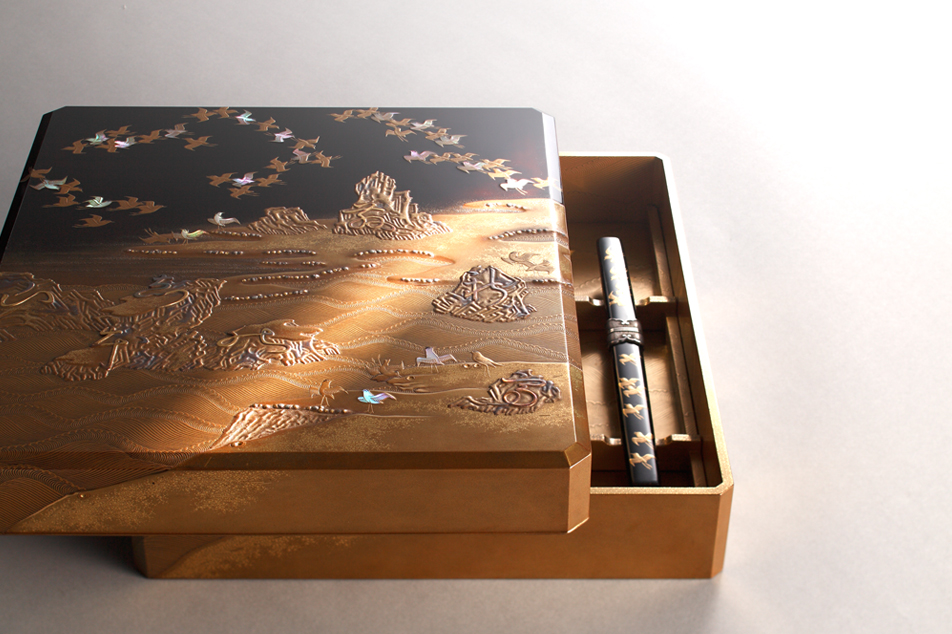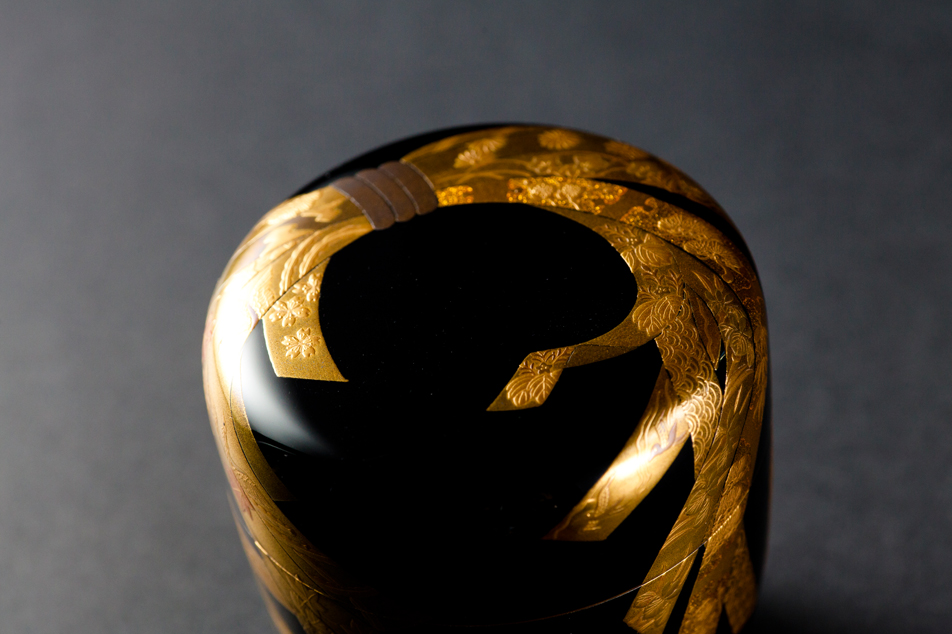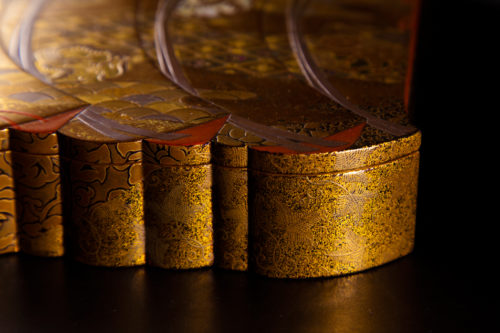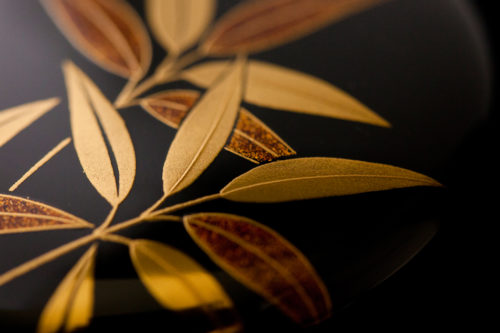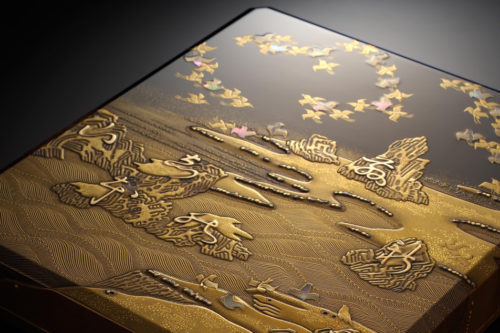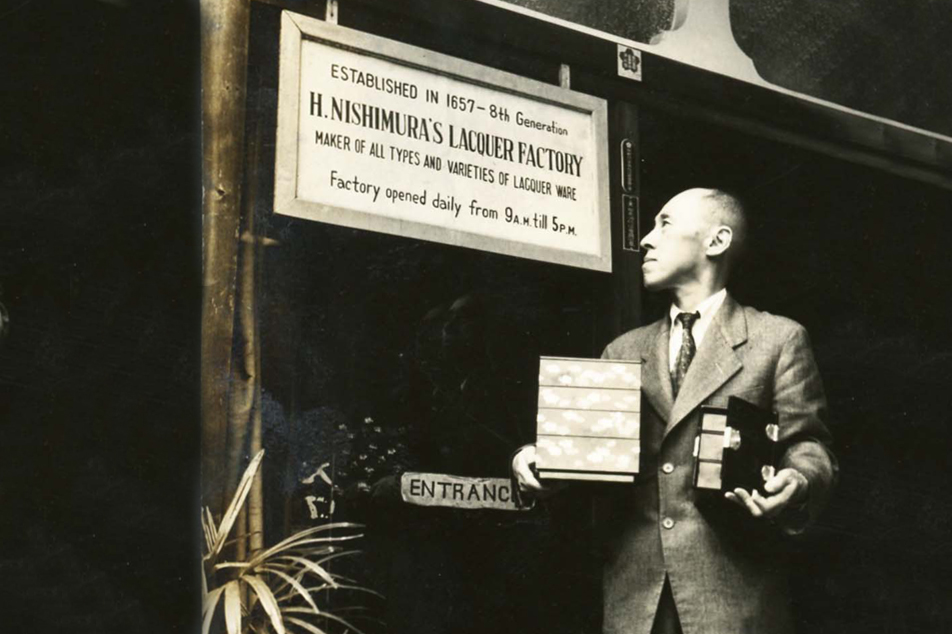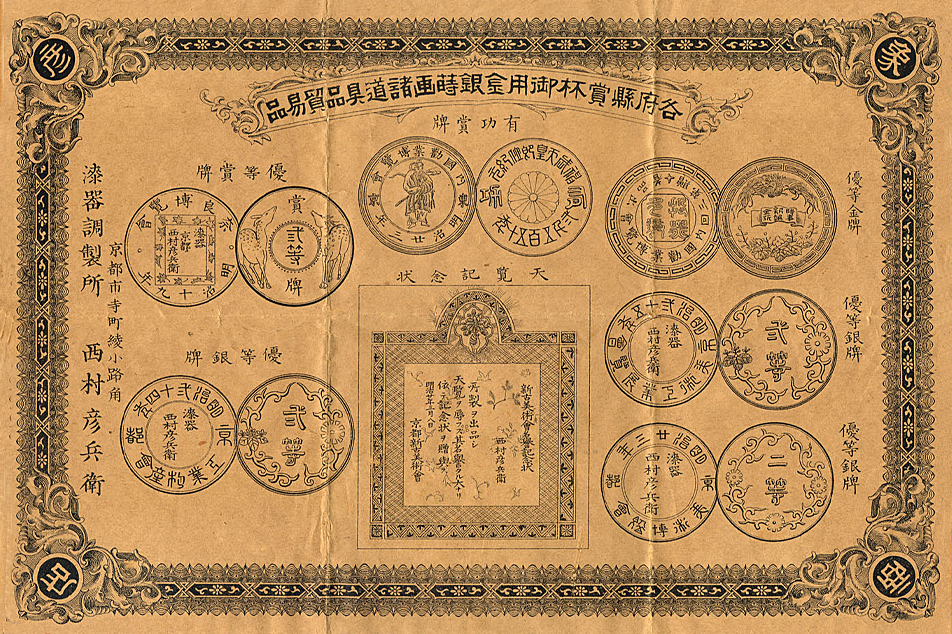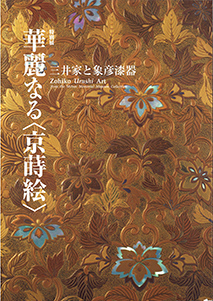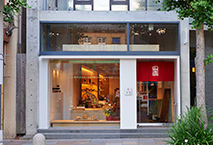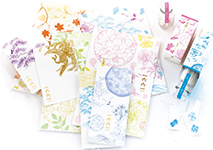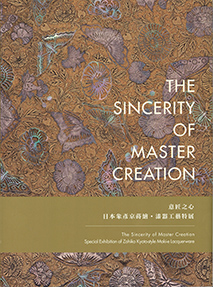Yasui Shichibei
Started the operation of Zoge-ya as a branch family of Zoge-ya Jirozaemon that obtained the privilege to trade with China in the Nagasaki trade.
-
In 1661 (the 1st year of Kanbun), Zoge-ya, the predecessor of Zohiko, started its operation to sell¬ lacquer goods for daily use. Nishimura Hikobei III was the master craftsman who was granted the title, “Makie-tsukasa” (master of maki-e—an Urushi lacquer technique that involves sprinkling gold and/or silver powder on lacquer), by the Emperor. In his later years, he created the maki-e panel “Fugen Bodhisattva on a white elephant”. Its beauty attracted lots of people in Kyoto, and they called it the “Zohiko panel” (“Zo” from “Zoge-ya” and “Hiko” from “Hikobei”). Since then, the nickname “Zohiko” has been familiar to everyone.
-
-
Hikobei IV was appointed as a purveyor to the Sento Imperial Palace (the imperial palace of an abdicated emperor). Hikobei VI was proficient in an elegant art, and produced a number of excellent articles such as tea utensils for grand masters of Japanese tea ceremonies. Hikobei VIII exported lacquerware and was considered a pioneer of the lacquerware trade. He also established Kyoto Maki-e Art School and contributed to nurturing the younger generation. Nowadays, we have developed a wide range of articles, not only luxury maki-e but also daily use table ware and interior goods. We have also actively been collaborating with overseas companies and creators to enhance our possibilities and have been disseminating the infinite attractions of Kyoto-style lacquerware to the world.
-
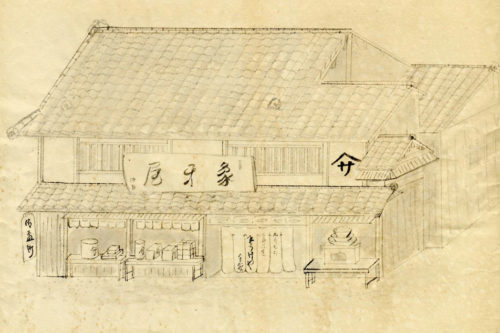
A picture of the shop in Teramachi Ayanokoji, at the time of its foundation. The large cup at the front of the store still exists today.
-
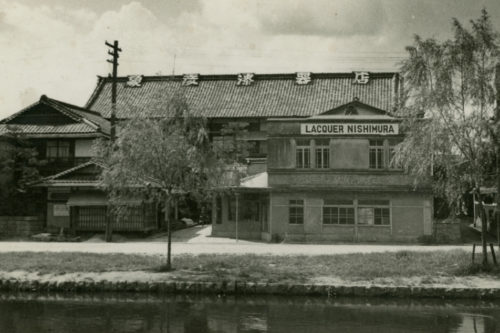
A building with an exhibition space and guest house was built in Okazaki in 1918. The photo is of the early Showa Era [approx. 1926–1941].
-
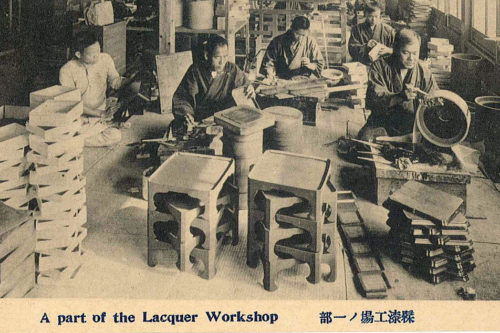
A part of the Lacquer Workshop
-
-
1661
-
1692
Kusunoki Jihei
Took over Zoge-ya and later distributed Zoge-ya to his two sons. -
1714
Kusunoki Jirobei
Traded lacquerware and Chinese goods as Zoge-ya Kita (north) main store (one of the inheritances from Jihei).Kusunoki Jihei II
Traded Chinese goods as Zoge-ya Minami (south) main store (one of the inheritances from Jihei and later this family became extinct). -
1716
Kusunoki Jirobei II
Took over Zoge-ya Kita main store. -
1729
Kusunoki Jirobei III
Took over Zoge-ya Kita main store. He had no children, and Nishimura Hikobei, the head of a branch family took over the business.-
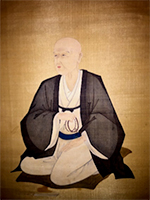 Kusunoki Jirobei III
Kusunoki Jirobei III
-
-
Year of succession unknown
Nishimura Hikobei I
Took over Zoge-ya. A master craftsman of lacquerware. He produced the Hagoromo Maki-e Suzuri-bako (an inkstone case with the maki-e motif of heavenly nymph’s robe), etc.-
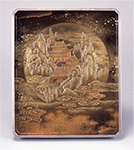 Hagoromo Maki-e Suzuri-bako (an inkstone case with the maki-e motif of heavenly nymph’s robe)
Hagoromo Maki-e Suzuri-bako (an inkstone case with the maki-e motif of heavenly nymph’s robe) -
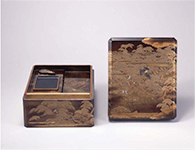
-
-
1773
Nishimura Hikobei II
The fifth son of the older brother of Hikobei I was adopted and took over Zoge-ya. He established the foundation of a long-lived family business. He excelled in lacquerware technique and the collection of treasured articles. -
1803
Nishimura Hikobei III
Took over Zoge-ya
Took over Zoge-ya. He was known as the master craftsman of maki-e. With the achievement of being appointed as a purveyor for a long time, the Imperial Court bestowed him the title “Maki-e-tsukasa” (master of maki-e). He offered his maki-e panel “Fugen Bodhisattva on a white elephant” to his family temple. People admired its beauty and called it the “Zohiko panel”, referring to “Zo” from “Zoge-ya” and “Hiko” from “Hikobei; this is the origin of store name, Zohiko.-
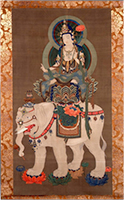 Fugen Bodhisattva on a white elephant
Fugen Bodhisattva on a white elephant
-
-
1832
Nishimura Hikobei IV
Took over Zoge-ya. He was the head of the family who played an outstanding role in the middle of the family history. He was adopted from the Fushimi Yamamoto family.
Hikobei IV excelled in maki-e technique and produced masterpieces such as “Chikurin maki-e konrei chodo zoroe” (a set of wedding furnishing with maki-e motif of a bamboo grove). He was appointed as a purveyor of the Sento Imperial Palace and made the family business absolutely secure.After the fire caused by the Hamaguri Gate Rebellion burned down the store in 1864, during the tempestuous period at the end of late Tokugawa shogunate, the store was rebuilt. He also formulated the family mottoes with Hikobei III.
-
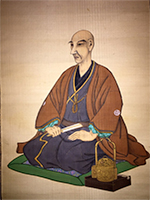 Nishimura Hikobei IV
Nishimura Hikobei IV -
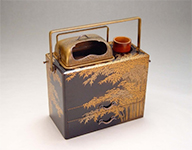 Chikurin maki-e konrei chodo zoroe (a set of wedding furnishing with maki-e motif of a bamboo grove)
Chikurin maki-e konrei chodo zoroe (a set of wedding furnishing with maki-e motif of a bamboo grove) -
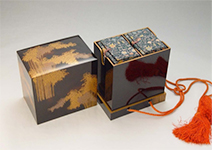
-
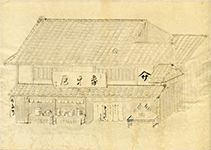
-
-
1875
Nishimura Hikobei V
Took over Zoge-ya. He passed away at the age of 49. -
1884
Nishimura Hikobei VI
He was proficient in an elegant art and had a thorough knowledge of poetry, calligraphy and tea ceremony. He produced a number of Japanese tea “Okonomi-mono”, utensils for grand masters of Japanese tea ceremonies, which were made to order according to customers’ unique design or request. -
1893
Exhibited at the World’s Columbian Exposition in Chicago. He retired to pursue elegant art in 1907. The signature, “Heian-kyo Zo-o”, was used after his retirement.
-
1907
Nishimura Hikobei VII
Took over Zoge-ya. He was a brother of Hikobei VI and acted as a temporary guardian due to the young age of the successor. Later, he established a branch family and founded Zohuku. -
1910
Nisimura Hikobei VIII
Took over Zoge-ya. At the beginning of the succession, he used to use the signature “Zohiko VII” on his productions as the seventh head of the family. His works related to the Imperial family were as follows: maki-e decoration in the Emperor Taisho’s train car, painting and maki-e production for Omiya Palace (a residence of the Empress Dowager) and a banquet venue at Nijo-jo Castle for the enthronement ceremonies; repaint of Kyoto Imperial Palace for the enthronement ceremonies for Emperor Showa; and many masterpieces such as gifts from and to the Imperial family and national guests.-
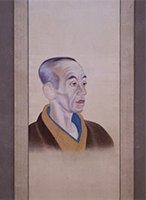 Nisimura Hikobei VIII
Nisimura Hikobei VIII
-
-
1918
Zohiko lacquerware showroom was opened next to Okazaki Park, the store sign of which showed “Zohiko” for the first time. Lots of Imperial family members and honorable guests from overseas visited there. In the meantime, the Kyoto Maki-e Art School was established to contribute to nurturing many masters of maki-e.
The store put emphasis on exports and displayed articles at the Paris Expositions in 1925 and 1936. The store also received various awards from the government for the efforts towards our active lacquerware exports.
-
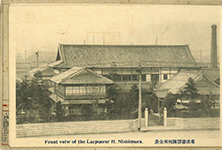 At the time of relocating to Okazaki
At the time of relocating to Okazaki -
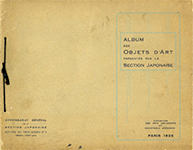
-
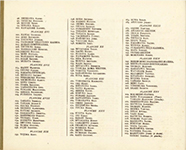
-
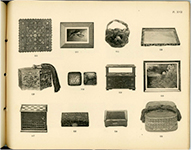
-
-
1954
Zohiko Co., Ltd. was founded.
-
1965
Nishimura Hikobei IX
Took over Zohiko. He looked into the possibilities in gift markets and launched in that field while producing traditional articles. To maintain the technique of Kyoto lacquerware, he copied historic masterpieces.He conducted a paint work for the throne in the new Imperial Palace.
-
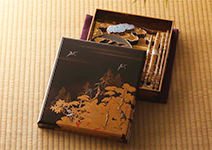 Ariake Maki-e Suzuribako—inkstone box with maki-e motif of Ariake
Ariake Maki-e Suzuribako—inkstone box with maki-e motif of Ariake
-
-
2009
Nishimura Tsuyoshi
Appointed as the CEO of Zohiko Co., Ltd. The company started foreign market research and publicized many collaborated products.-
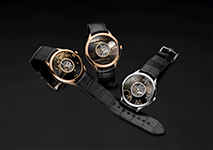 Limited edition series with Vacheron Constantin SA, Switzerland
Limited edition series with Vacheron Constantin SA, Switzerland
-
-
September 17–November 13, 2011
The exhibition of Zohiko lacquerware with magnificent Kyoto-style maki-e, exclusively ordered by the Mitsui family (one of the most powerful families of merchants) was held at Mitsui Memorial Museum.
-
-
2014
The main store was relocated to Teramachi Nijoagaru.
-
-
2015
Publicized the new brand “Ichi-roku-roku-ichi” (1661).
-
-
September 28, 2018–February 24, 2019
A special exhibition of “Japan Zohiko Kyoto-style Maki-e and Lacquerware Craft” was held in Beitou Museum in Taiwan.
-


